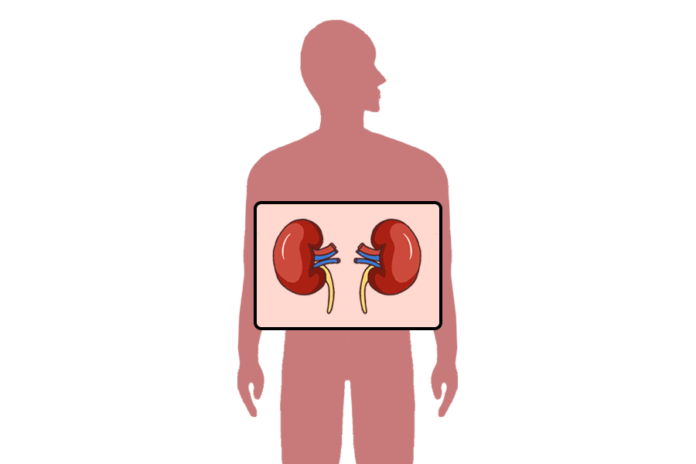The use of robotic technology decreases scarring, blood loss and hospitalization time
By KATIE HELLMAN — science@theaggie.org
Lea este artículo en español.
The first fully robotic nephrectomy was performed on a living donor in Sacramento through UC Davis Health, which offers robotic-assisted technology for transplants. A living-donor nephrectomy is a surgery where a healthy kidney is removed from a living donor and inserted into the body of someone without healthy kidneys.
“Living donation gives the recipient freedom from dialysis and allows them to enjoy a longer life full of energy and productivity,” an article by the UC Davis Health Transplant Center reads. “About half of all kidneys available for transplant come from people who have died and whose families give permission for organ donation. There are not enough of these organs, however, for everyone who needs them.”
The nephrectomy was performed using the Intuitive surgical robotic system, which has robotic arms that can be operated by surgeons from a console. The robotic arms have greater precision than human ones, which allows surgeons to make small incisions and gain better visualization to perform the procedure. The use of this technological method allows for a quicker recovery time and less scarring for patients than there would be with a minimally invasive abdominal surgery, laparoscopy or an open surgery approach.
Bahareh Nejad, the medical director of robotic surgery at UC Davis Health, commented on the benefits of the use of robotic technology.
“In comparison with laparoscopic surgery, you have a 360-degree range of motion of your instrument and it has tremor reduction and ten times magnification,” Nejad said. “We’re doing surgery with smaller incisions, so it allows for a much more precise operation with lower blood loss and a faster return to home.”
While it can take time to adjust to the techniques, robotic surgery can become much more efficient with practice.
“When you switch to robotic surgery, at the beginning of your learning curve, you’re going to take longer — sometimes even one or two hours longer,” Nejad said. “Usually after about 20 cases is when most people start to get faster at robotic surgery, and then, after 50 cases, they’re significantly faster.”
Junichiro Sageshima, the surgical director of the living kidney donation program at UC Davis Health and the physician who performed the procedure, commented on the broad services that robotics can provide in the medical field.
“Robots are also used in other surgical specialties, such as cardiac, thoracic, colorectal surgery, gynecology and urology,” Sageshima said via email. “The implementation of advanced technology at UC Davis Medical Center has improved the quality of patient care.”
The program consists of a large group that includes the transplant team, robotic surgery team, operating room staff and nurses. The faculty hopes that technology-assisted surgical techniques will continue to be utilized to improve the outcomes of various surgeries.
“In our specialty, not only donor surgeries but also some of recipient surgeries will be performed robotically in the future,” Sageshima said. “This will be good news for patients whose access to kidney transplant surgery using conventional techniques has been limited due to their body habitus [or physical build]. We hope that robots using artificial intelligence will act as co-pilots to assist surgeons, allowing for less invasive surgeries.”
Written by: Katie Hellman — science@theaggie.org




